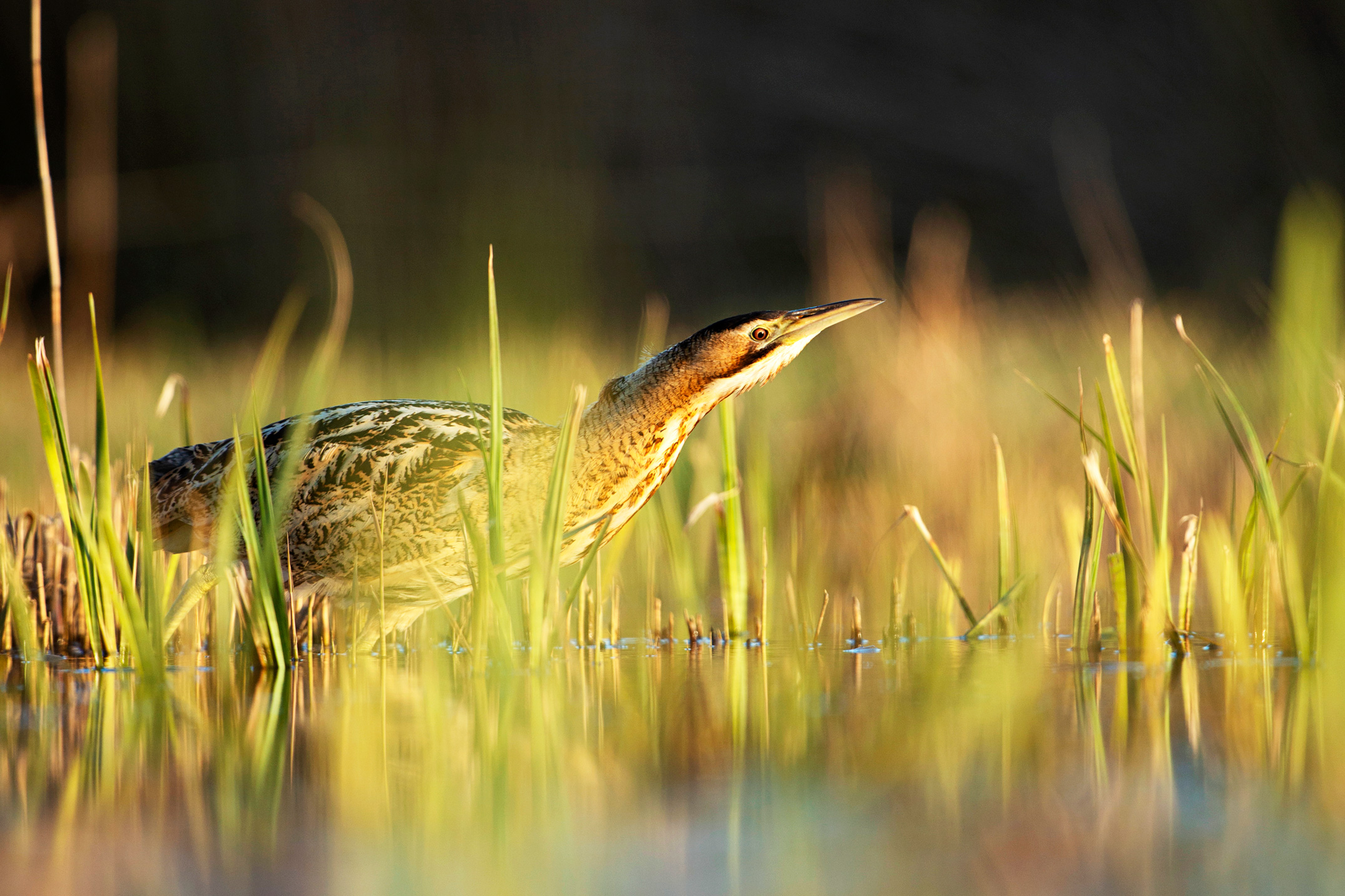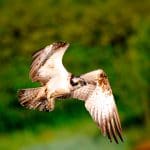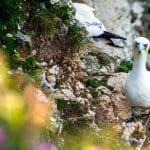How much of nature photography is planning, how much is patience and persistence and how much is luck?
Jess Connett, member since 2025
Nature photography is all of those things! I do lots of internet research and planning before shoots. I think it’s important – right down to checking where the sun rises/sets, what the weather is going to be, where to park, etc. But you can do all the planning in the world and if you aren’t patient or persistent, you’ll decrease your chances of getting what you want. And sometimes you need a bit of luck. I needed all of it to capture this Bittern.
How do I choose the best aperture/shutter speed on a DSLR?
Roslyn Weaver, member since 2022
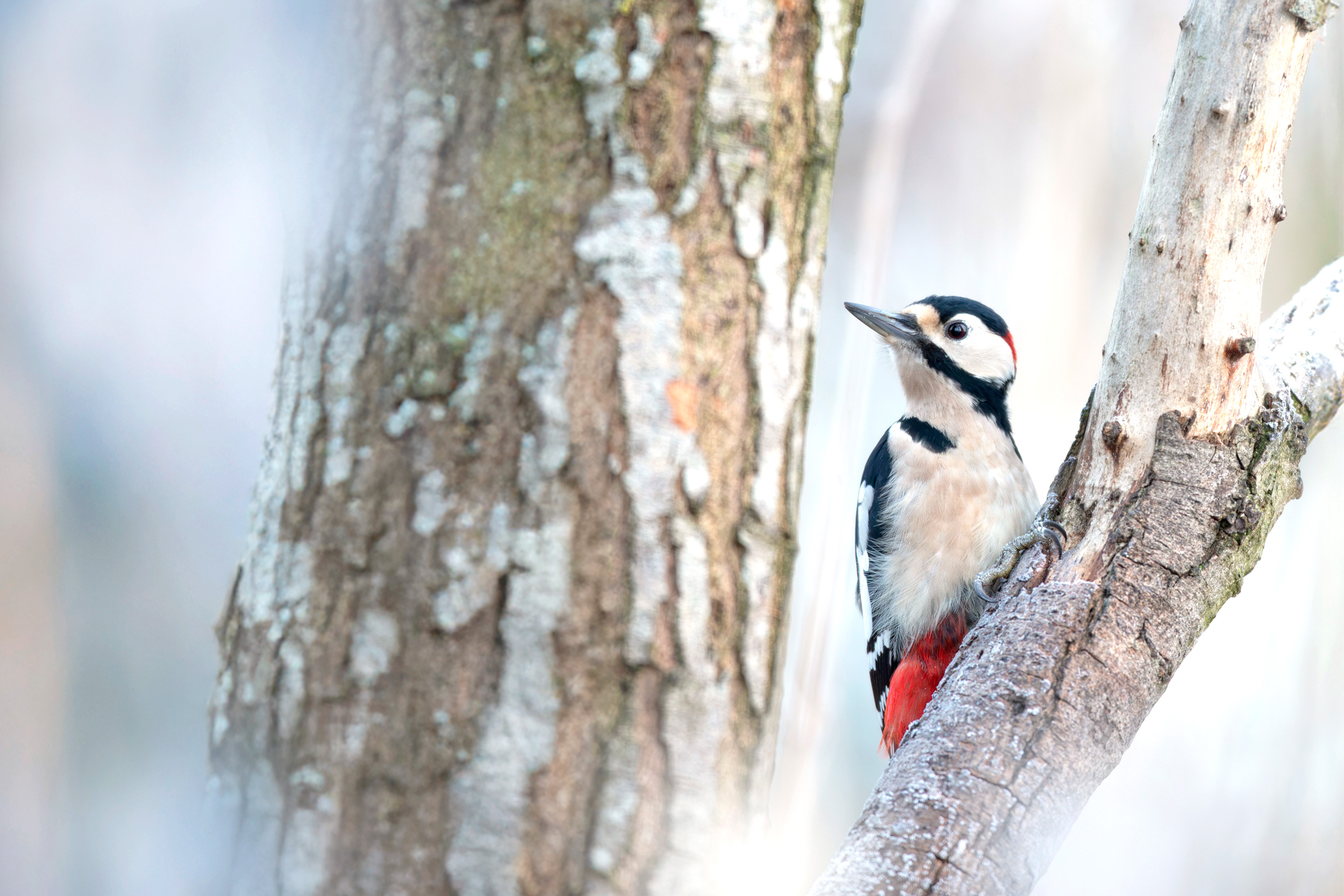
If you have time, take test shots to check exposure as Ben did with this Great Spotted Woodpecker. Photo: Ben Andrew (rspb-images.com)
I start by looking at light levels. Think about the conditions you’re dealing with on that particular day – my starting ISO is usually 400 on a nice day, and I try not to go over ISO 1600. I shoot in aperture priority mode and most often shoot wide open, so at f2.8 or f4. Once I’ve picked my ISO and aperture, I let my camera determine my shutter speed. I take some test shots and if I feel my shutter speed isn’t good enough I’ll increase my ISO. I did that for this image of a Great Spotted Woodpecker.
What settings would you recommend for photographing birds in flight when taking off from the water?
Harriet Day, member since 2018
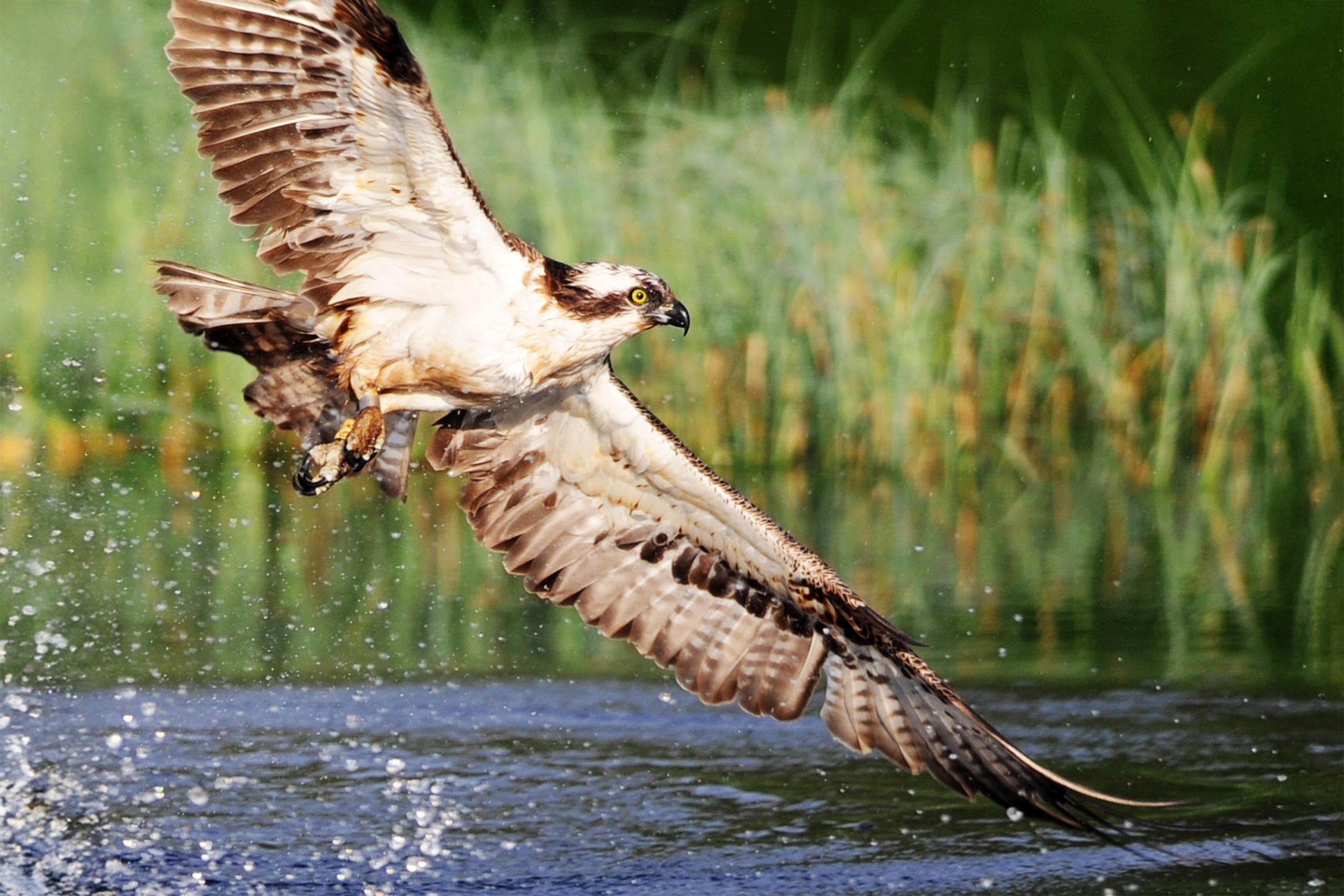
Choose whether you want to capture movement, or a crisp, still image such as this Osprey photograph. Photo: Ben Andrew (rspb-images.com)
This can really depend on how much available light you have. You may need to push your ISO in lower light, but I’d say you want to be aiming for at least 1/1000 if not higher. That will help you make sure your photos are sharp. Of course, you could be creative by using a lower shutter speed – this will add some movement in the wings while still potentially giving you the opportunity to get a sharp image of the head and face, see the Osprey above.
How can I take photos of birds high up on full zoom that aren’t grainy or dark?
Martin Woods, life member since 1980s
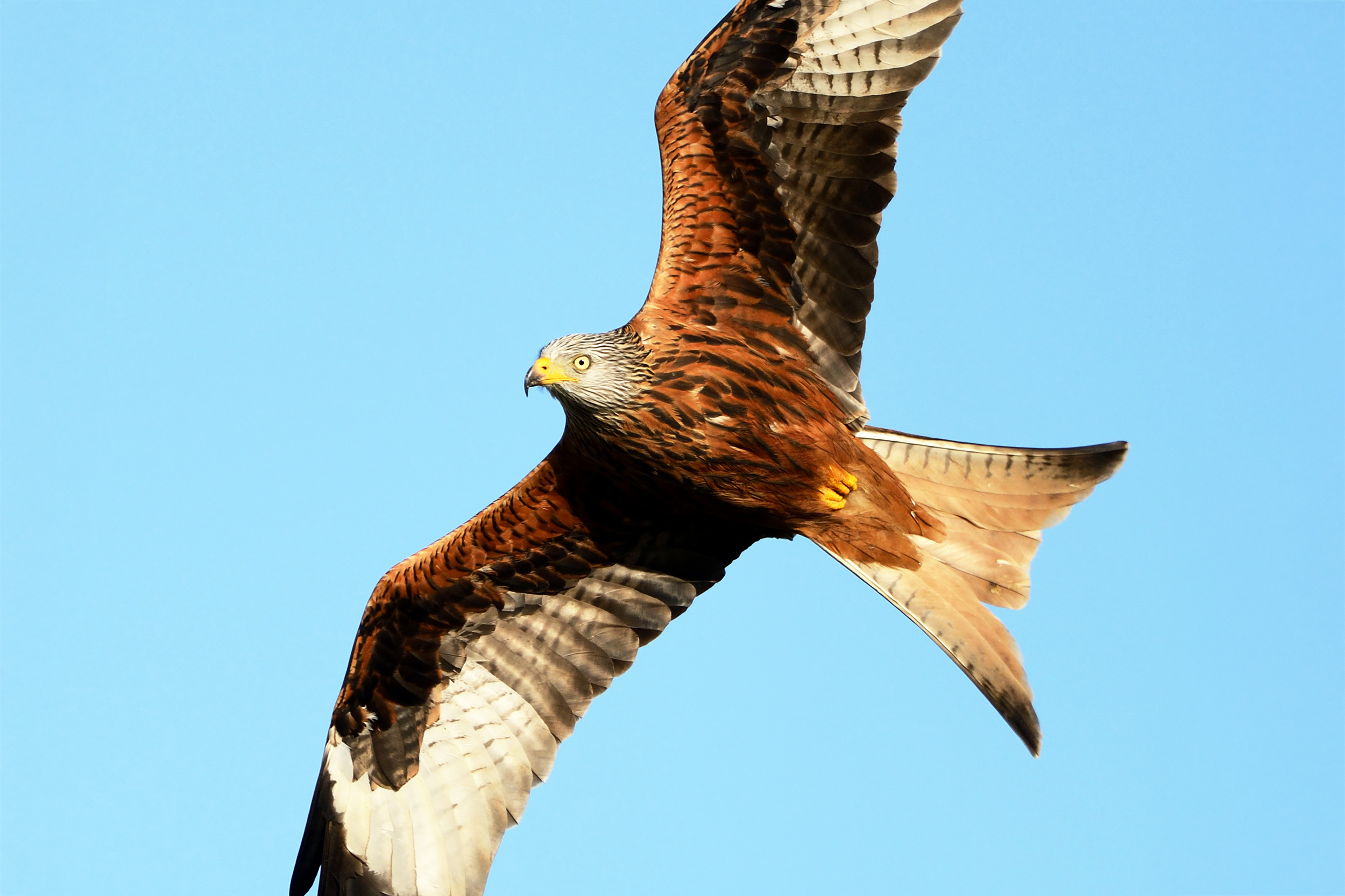
Time of day was important when photographing this Red Kite. Photo: Ben Andrew (rspb-images.com)
I very rarely photograph birds high up because you’re looking directly upwards at the below features. I think a photo is all about eye contact and being on the same level, so with birds in flight I often find locations where I can get as eye-level with them as possible. But if you do photograph high-up birds, you need to make sure you are not shooting in harsh middle-of-the-day light. You may need to over-expose a bit to brighten the bird and try and keep your ISO down. That’s how I captured this Red Kite.
You might also like
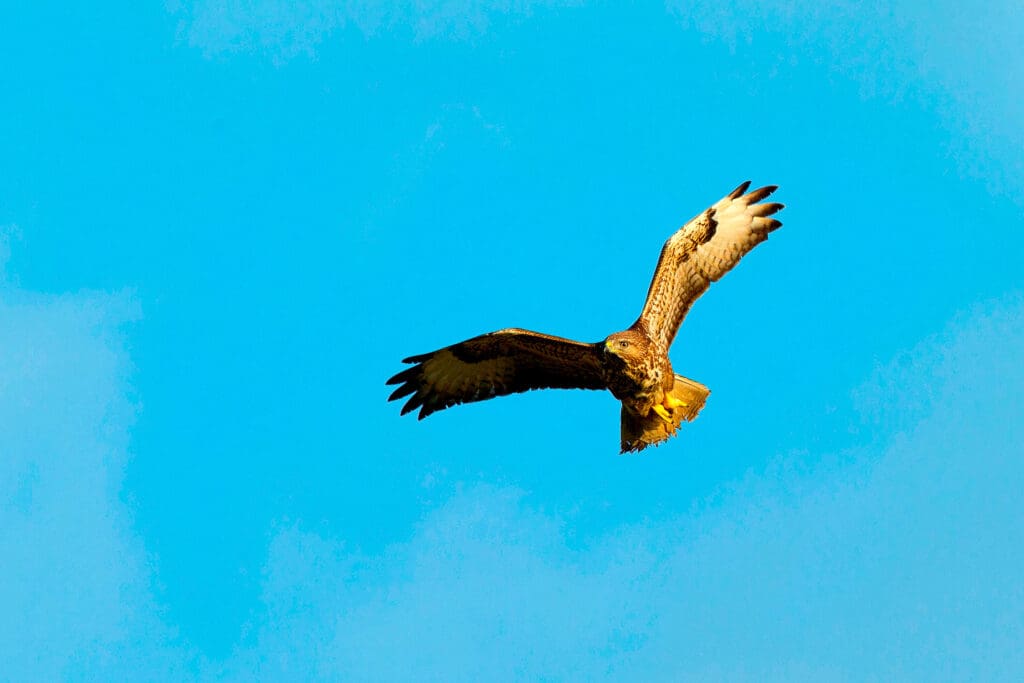
Do you know your birds of prey?
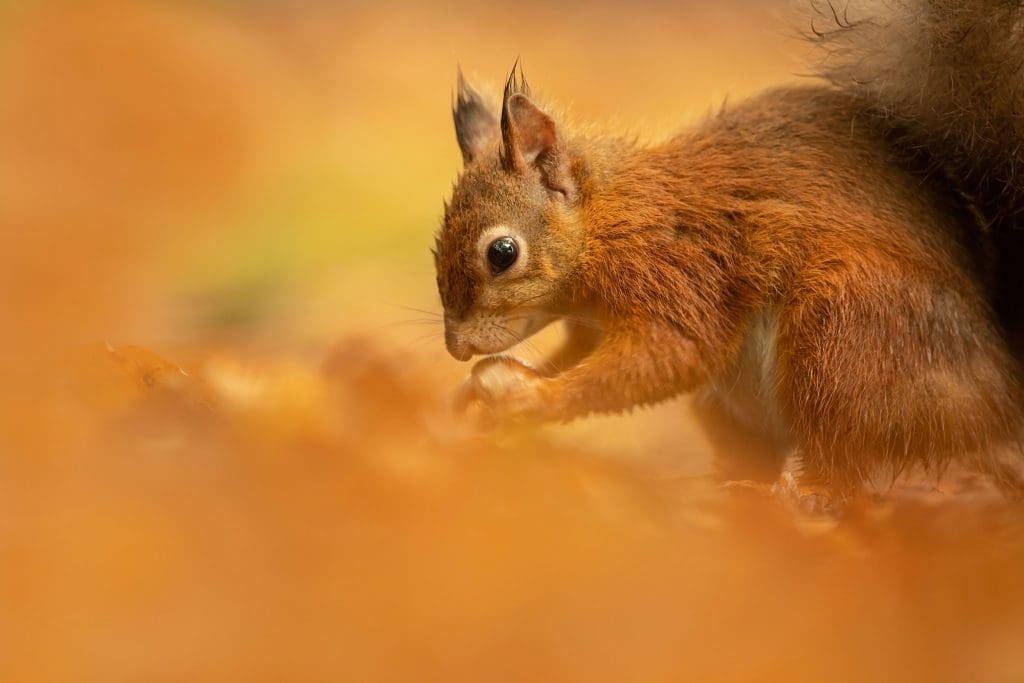
Capturing colour in autumn


